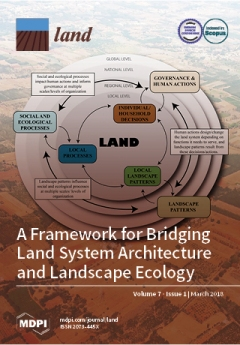Regulation on Land Requisition Compensation and Resettlement of Migrants for Large and Medium Water Conservation and Hydropower Construction Projects.
This Regulations aims at doing a good job in the land requisition compensation and resettlement of migrants for large and medium water conservation and hydropower construction projects, maintaining the legitimate rights and interests of migrants and ensuring the smooth construction of the projects.


